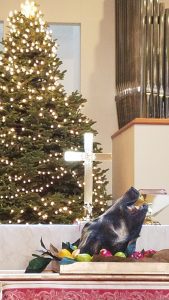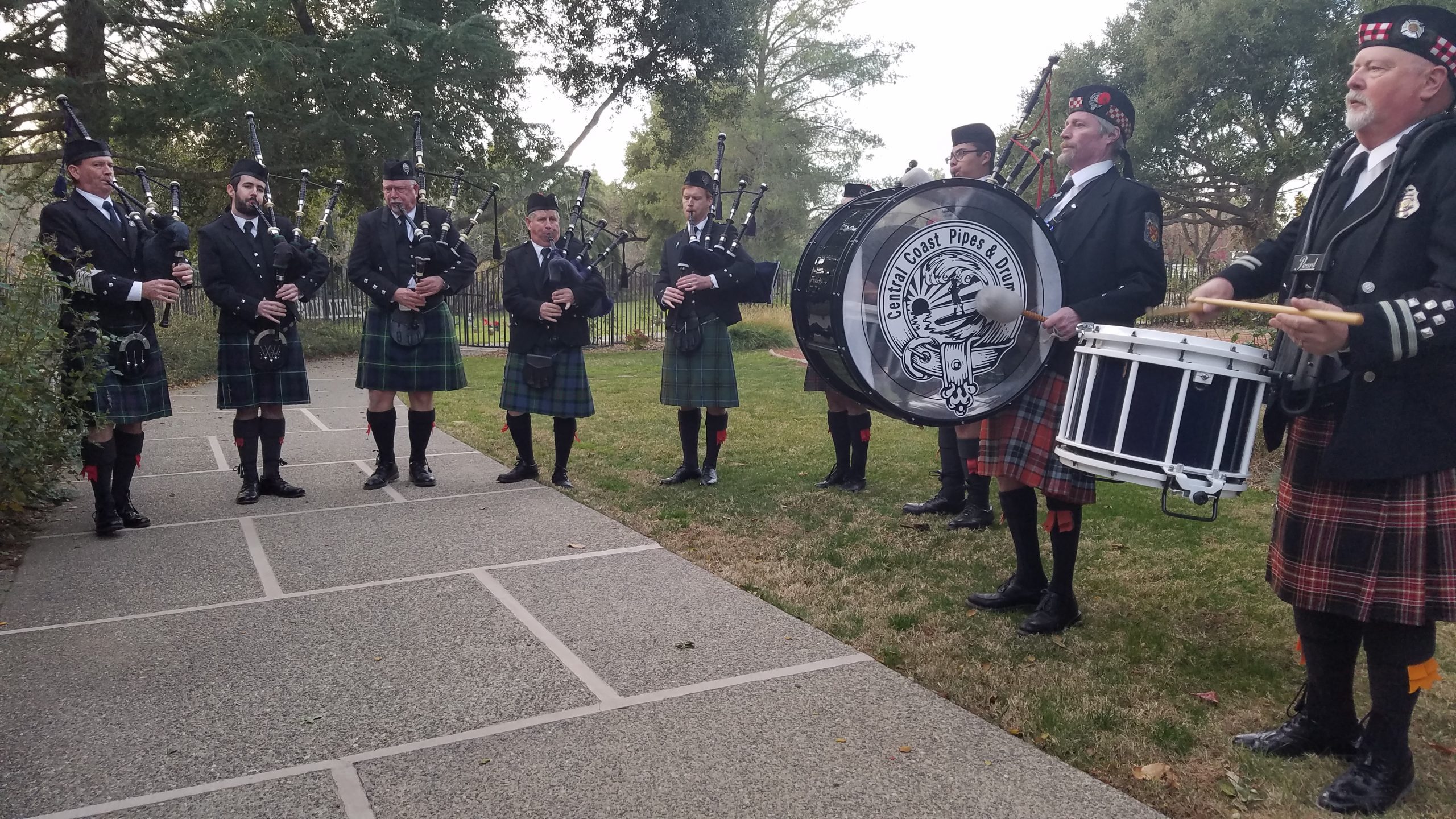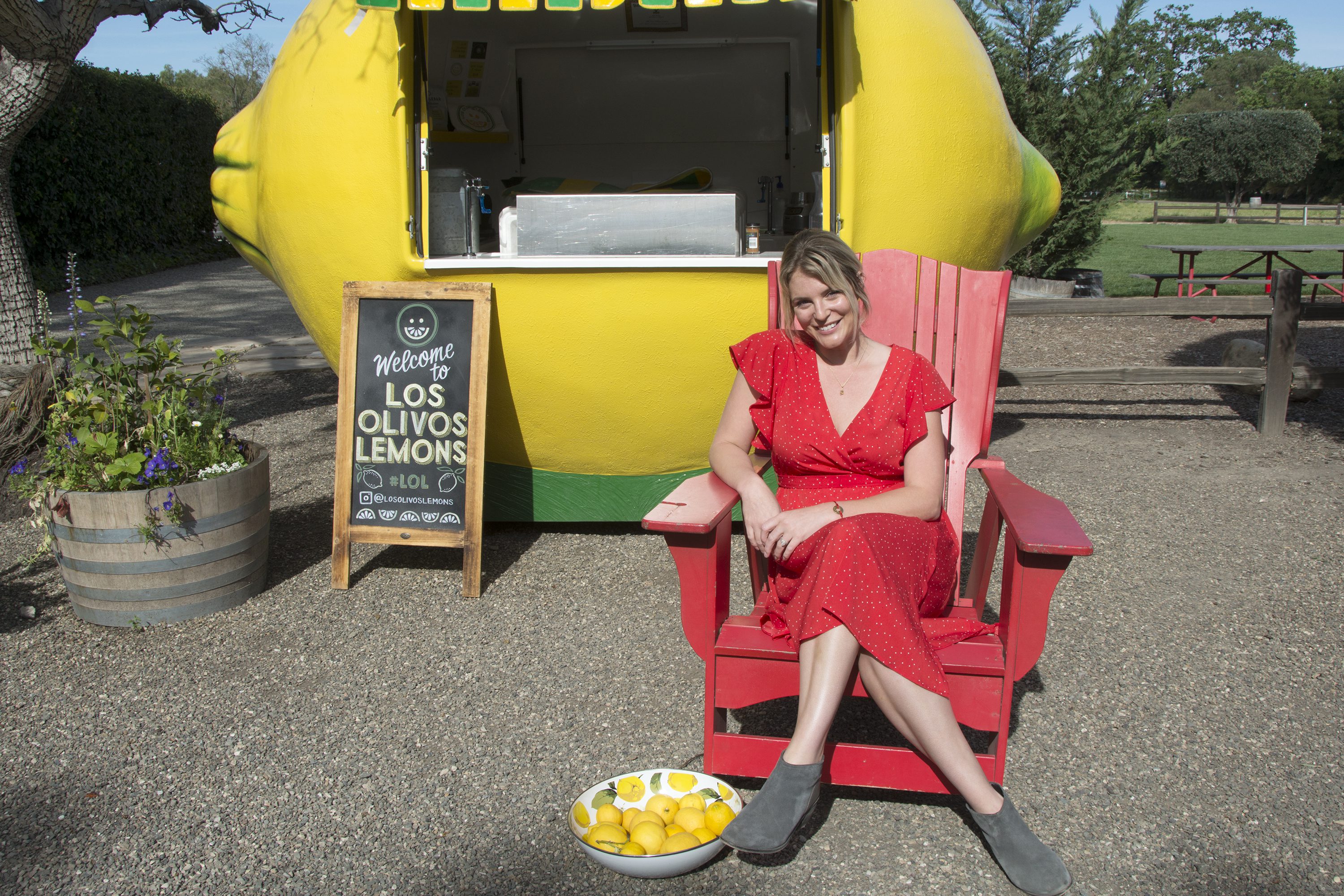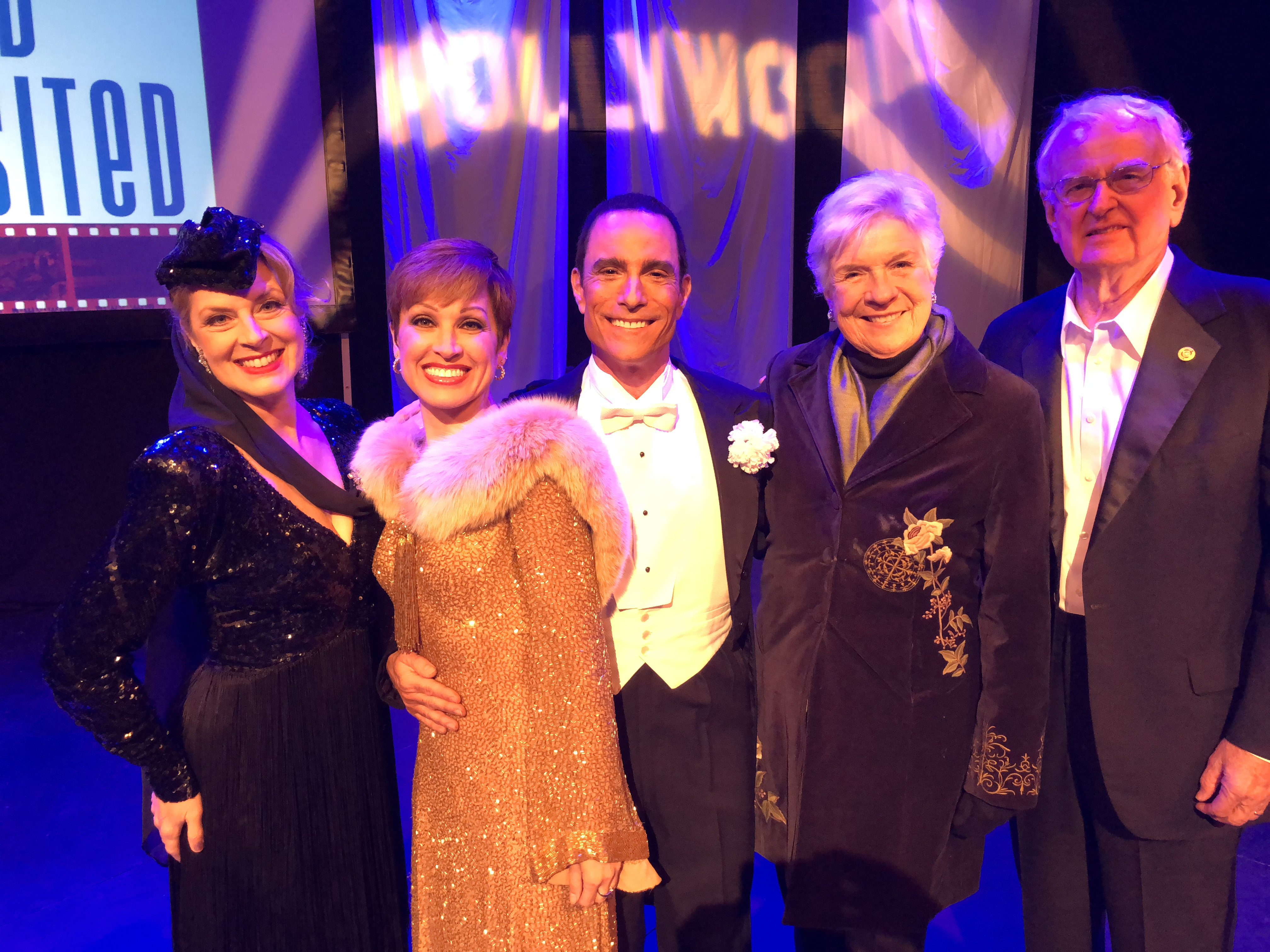By Pamela Dozois
The Twelve Days of Christmas came to a close with the celebration of the Feast of the Epiphany at the Boar’s Head Festival on Jan. 5 at St. Mark’s-in-the-Valley Episcopal Church.

The boar’s head holds the place on honor on the altar, backed the enormous Christmas tree.
Photo by Devyn Marseilles
The Boar’s Head Festival was started in 1977 by Rev. Chuck Stacy and has been held at St. Mark’s ever since. Each year it is attended by numerous members of the congregation and guests who come to enjoy the closing of the Christmas season with pageantry, song, and a dinner feast prepared by volunteers.
According to the Boar’s Head Festival introduction from The Episcopal Church of Bethesda-by-the-Sea, the history of the Boar’s Head reaches back into days of the Roman Empire. In those days the boar was the sovereign of the great forests, a menace to man and a symbol of evil. Legend is that an Oxford University student, while strolling in the forest reading the works of Aristotle, was charged by a wild and raging boar. The student, thinking quickly, thrust his volume of Aristotle into the throat of the boar, putting an end to the deadly threat.
After the telling of the tale, the head of the boar was borne into a feast at Oxford. The celebration for the student’s life came to represent the overcoming of brute force with reason. No one knows who planned the first Boar’s Head procession. Queens College, Oxford, records the festival shortly after the founding of the university in 1340.
When the church adapted the festival, it gained a new profoundly Christian significance. The Boar’s Head, symbolic representation of evil, is overcome by good through the teachings of Christ (symbolized by light).
The festival was a popular Christmas event of the great manor houses of England in the 17th century. The custom of the Boar’s Head and Yule Log was carried to colonial America and continues to this day.
The local celebration opened with members of the Central Coast Pipes & Drums marching up the center aisle of the church playing bagpipes and drums, followed by the Yule Sprite, played by Claire Tipich, carrying the Yule candle ahead of Father Christmas, played by Robert Brown. The Rev. Dr. Randall Day, Priest and Rector of St. Mark’s, welcomed the congregation and explained the meaning of the festival.
“We gather this evening for an enjoyable celebration of the birth of Jesus at the end of this Christmas season, marked by the Feast of the Epiphany. The traditional English Boar’s Head dates back to the 1300s in Queen’s College, Oxford. Boars menaced villagers in Norman England; the serving of the boar symbolizes the triumph of good over evil. The festival is held this year on The Feast of the Epiphany, the 12th day of Christmas, the day the Three Kings are said to have arrived in Bethlehem,” he said.
Rev. Day then went on to tell the story of the origin of Santa Claus, or Father Christmas, based on a real fourth-century bishop and saint, Nicolas of Myrna.
“Father Christmas is here to remind us that the real Santa Claus was a saint who loved Jesus and did good and unusual things, because of this love,” he said.
Father Christmas, Robert Brown, lights the Yule candle with Yule Sprite Claire Tipich standing to the right.
Photo by Devyn Marseilles
The traditional carol, “Angels We Have Heard on High,” was sung by the congregation while nearly a dozen little angels, sheep and shepherds, played by Levi and Avery DeJohn, Michael and William Lumsdaine, Ruslan and Maksim Morphy and Willie Lovering walked up the aisle and seated themselves on the altar.
Rev. Day then read from Matthew telling the story of the three Magi who followed a star to Bethlehem bringing the newborn baby Jesus gifts of gold, (symbolic of his kingship), frankincense (symbolic of his high priesthood), and myrrh (his suffering and death) and ultimately outwitting Herod.
While the congregation sang “We Three Kings,” the three kings played by John Wrench, Brooks Firestone and Patrick Henry arrived bearing gifts.
Then Rev. Day spoke of the Good King Wenceslas, played by Ted Young, who along with the Page, Xavier Lovering, recognized the need of a poor person, played by Ace Young, and responded to that need. The audience sang “Good King Wenceslas.”
The time had arrived for the feast to begin, but not before The Ruler of Misrule, played by Barbara Mousouris, arrived waving her wand, interrupting the event with comments and questions about the boar’s head.
Rev. Day explained that the church’s boar’s head had recently been repaired due to an unfortunate fall it took a couple of years ago. Misrule was then invited to join the guests at dinner and the Steward of the Feast, Jeannie May, beckoned the Boar Bearers, Carl Johnson and Bob Jennings, to carry the boar’s head down the aisle as the congregation sang the “Boar’s Head Carol” and followed in procession.
Everyone then proceed to Stacy Hall to enjoy a feast of pork, potatoes, red cabbage, apple sauce, and salad along with wine or beer and a plethora of desserts.
Following dinner, the traditional singing of “The 12 Days of Christmas” was acted out hilariously by guests at each table. The evening closed with the dimming of the lights and the singing of “Silent Night.”
Contributing to the pageantry of the event were costumers Jill Bader, Olivia Flisher and Tasha Morphy and the many volunteers who worked for days arranging the event and the many volunteers who did all the cooking.








